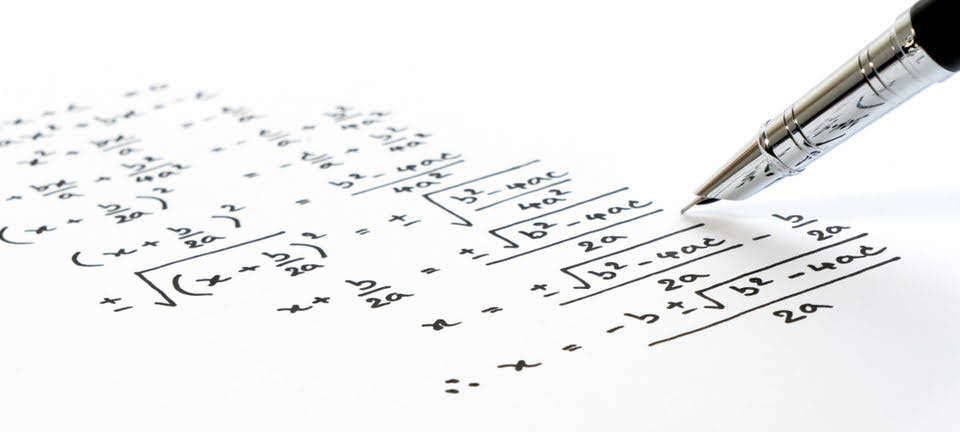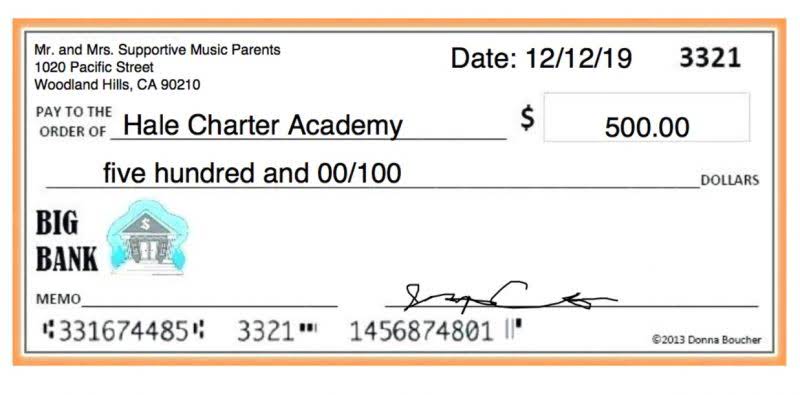
In some cases, salvage value may just be a value the company believes it can obtain by selling a depreciated, inoperable asset for parts. Understanding and accurately calculating salvage value is essential for effective asset management, ensuring compliance with accounting standards, and optimizing financial performance. The physical condition and maintenance of the asset throughout its useful life are also crucial.

How Does the Salvage Value Calculator Beneficial?

If an asset is sold for more than its adjusted tax basis, the excess is subject to capital gains tax. Conversely, if the sale price is adjusting entries lower than the adjusted tax basis, the difference may be deductible as an ordinary loss, depending on the asset’s classification. Accurate documentation of salvage value and depreciation history is essential for proper tax reporting. On the balance sheet, salvage value contributes to an asset’s net book value, impacting a company’s financial position.
Chicken Run Size Calculator: Plan Your Perfect Coop
The acquisition cost, or purchase price, includes the initial investment in an asset. It encompasses not only the purchase price but also expenses like delivery, installation, and modifications necessary for the asset’s use. According to Generally Accepted Accounting Principles (GAAP), these costs should be capitalized and reflected on the balance sheet as part of the asset’s recorded value. This ensures a precise calculation of depreciation expenses, which ultimately impacts the estimated salvage value.

How to Estimate Salvage Value

Understanding salvage value is essential for businesses as it influences asset depreciation, impacting financial statements and tax obligations. This concept helps companies plan for the end of an asset’s useful life by estimating its residual worth, aiding in asset management and disposal decisions. Salvage value represents the expected value a company anticipates after fully depreciating an asset at the end of its useful life. This concept aids in calculating depreciation schedules and impacts how companies manage their assets’ book values. Understanding salvage value involves determining the asset’s remaining worth, usually by appraisals, cost percentages, or historical data. https://ambienceairtech.com/key-differences-between-us-gaap-and-ifrs-explained/ The calculation of salvage value is a crucial aspect of asset management and financial planning, particularly in businesses where assets depreciate over time.
Companies deduct the salvage value from an asset’s original cost to determine its total depreciable amount. Accurate estimation of salvage value can aid in forecasting cash flows and anticipating future proceeds, though it’s typically an estimate rather than a precise figure. Utilizing methods such as the percentage of cost, appraisals, or historical comparables helps net salvage value companies make informed depreciation and financial planning decisions. The market residual value is the estimated amount an asset can be sold for at the end of its useful life, excluding disposal costs.
Fixed Asset Salvage Value Calculation Example (PP&E)
- If the residual value assumption is set as zero, then the depreciation expense each year will be higher, and the tax benefits from depreciation will be fully maximized.
- It impacts the calculation of depreciation expense, which in turn affects net income and tax liabilities.
- The difference between NBV and fair market value can be significant, but NBV is still an important tool for companies to demonstrate their value and estimate their total financial worth.
- It’s the minimum amount you can sell the asset for, and it’s usually a fraction of its initial cost.
- According to Generally Accepted Accounting Principles (GAAP), these costs should be capitalized and reflected on the balance sheet as part of the asset’s recorded value.
These values can differ significantly, sometimes by thousands or even millions of dollars. The cost of assets includes everything from property and equipment to intellectual property and patents, all of which contribute to a company’s overall value. Under straight-line depreciation, the asset’s value is reduced in equal increments per year until reaching a residual value of zero by the end of its useful life.
